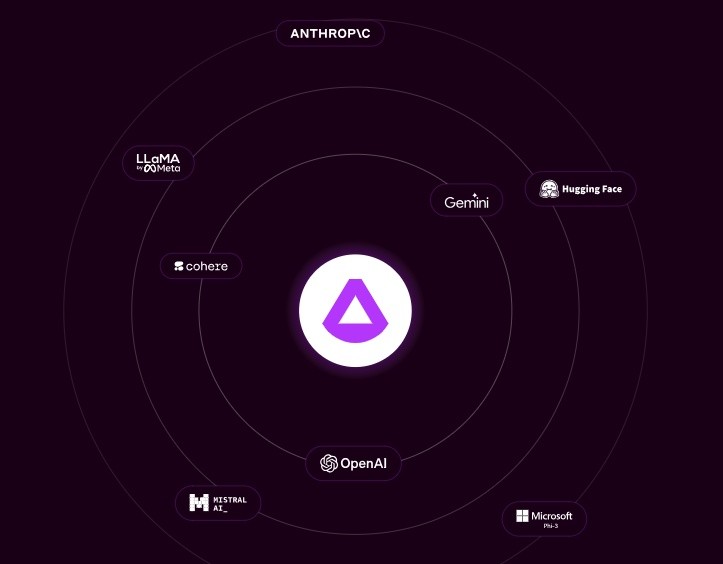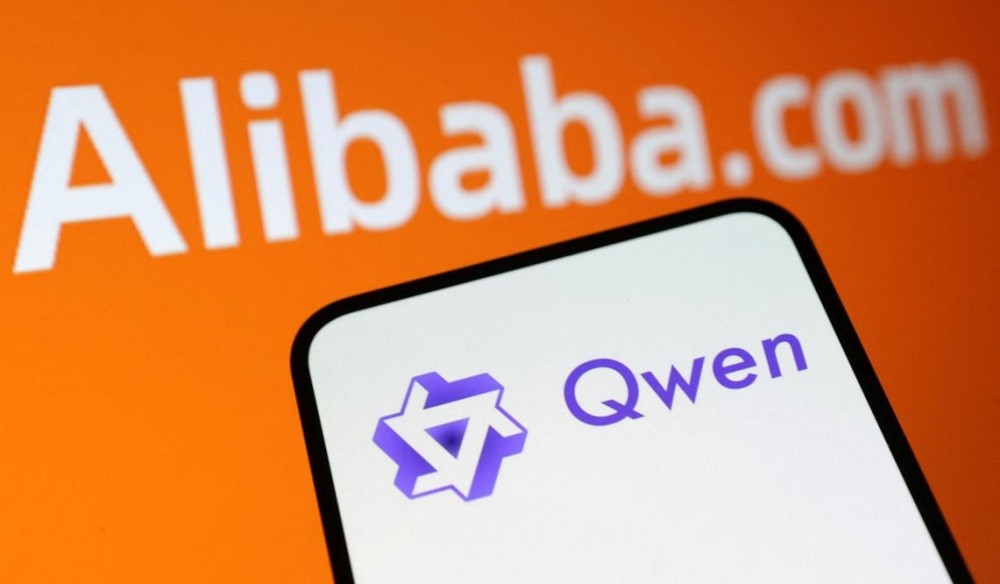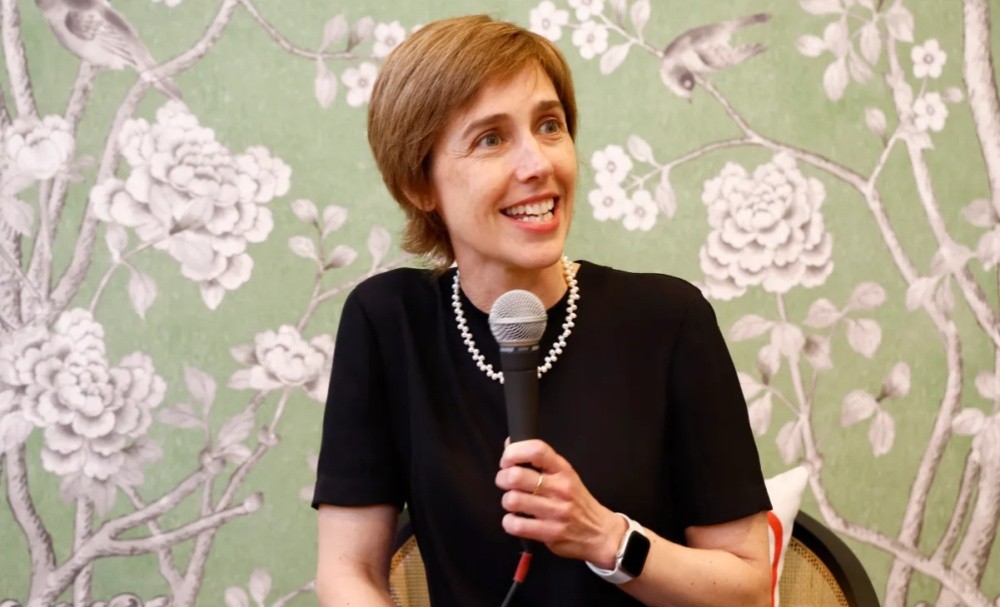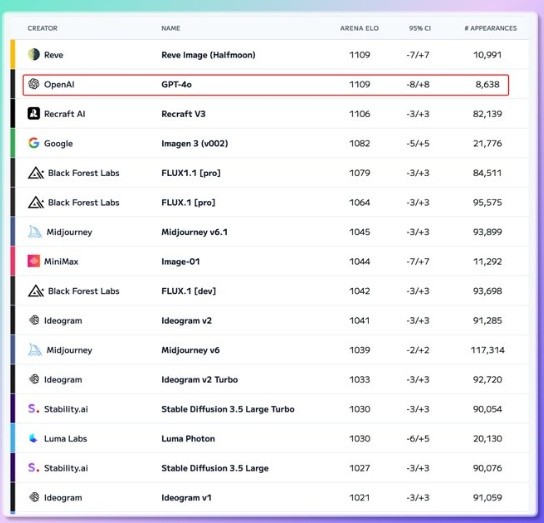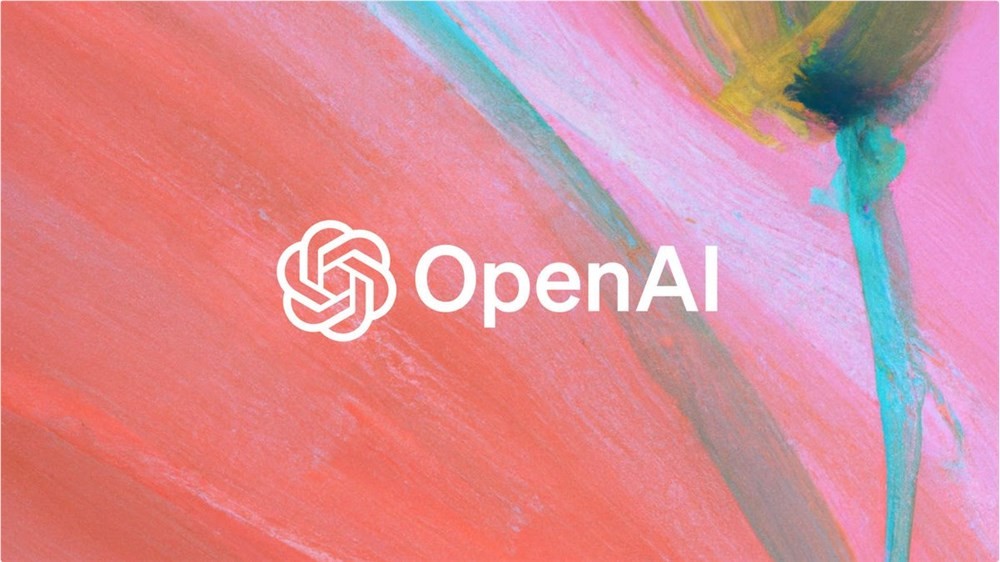US tech giant Microsoft and Swiss startup Inaiit announced a strategic partnership on Tuesday to jointly develop an innovative artificial intelligence model designed to be inspired by the mammalian brain. According to announcements released by both parties, Microsoft plans to further expand its portfolio of artificial intelligence products for enterprise customers by leveraging Inait's unique technology.
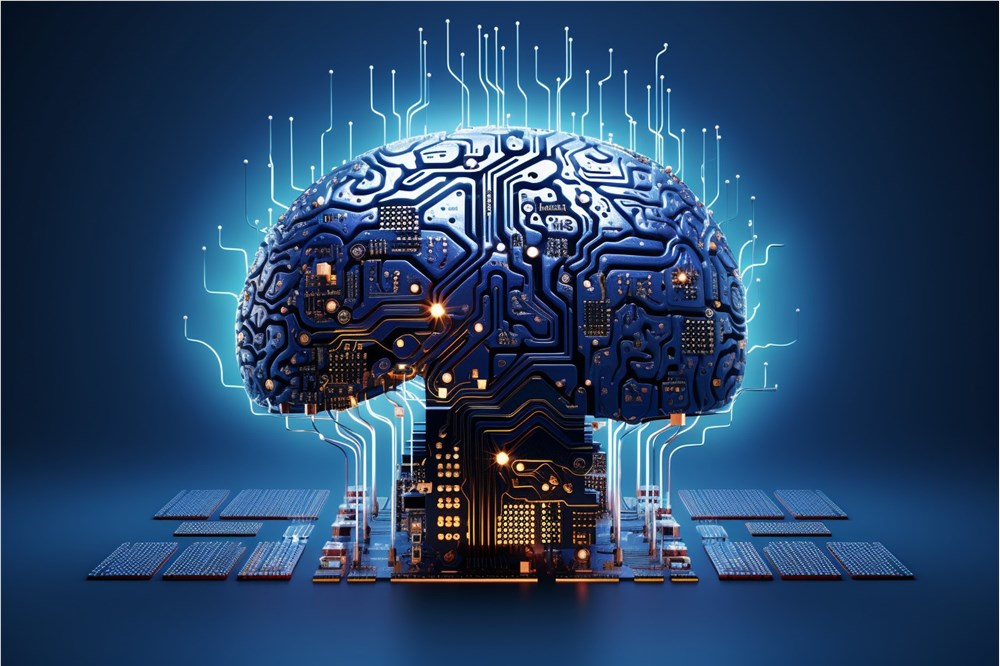
Inait's technology has condensed 20 years of brain research results. Richard Frey, CEO of the company, emphasized his core philosophy: “The only proven form of intelligence exists in the brain, and if we can understand and navigate the brain’s working mechanism, it is possible to create a completely different, powerful and extremely innovative AI.”
Unlike traditional AI systems that rely on massive amounts of existing data for learning, Inait’s technology aims to learn from real experience, which is a key differentiation advantage. According to Inaiit founder Henry Markram, the technology is based on more than 18 million lines of code used to simulate the mammalian brain.
Markram further explained that this brain-based AI model is expected to surpass existing systems in terms of energy efficiency, learning speed, and continuous learning ability upon delivery to customers.
Adir Ron, director of cloud and artificial intelligence startups at Microsoft EMEA, highly praised Inaiit's technology: "Inaiit is pioneering a completely new paradigm of artificial intelligence - moving beyond traditional data-based models toward digital brains with true cognitive capabilities."
It is reported that the initial stage of this cooperation will focus on two key application areas: one is to develop advanced transaction algorithms and risk management tools for the financial industry; the other is to create industrial robots that can better adapt to complex and dynamic environments.
Inait's technology is rooted in 20 years of brain simulation research by founder Henry Markram. Markram is a well-known pioneer in neuroscience and has served as the founder and director of the Swiss Blue Brain Project aiming to digitally rebuild rodent brains. In addition, he was the founder and first director of the Human Brain Project (HBP), which has a budget of about 1 billion euros, launched in 2013 with the goal of understanding and rebuilding the human brain through computer models and simulations.
Markram has publicly expressed his grand vision for HBP to use supercomputers to complete the complete simulation of the human brain within a decade, as evident in his 2009 TED speech. However, this ambitious goal has sparked doubts and criticism in the scientific community, and many believe it is unrealistic.
The HBP project then went through a period of turbulence. Markram's leadership style and the promises he made were questioned, and many believed that these promises were overstated. In 2014, hundreds of neuroscientists signed an open letter condemning the management of the project, especially Markram's approach. In 2015, he was removed from his post as Director of HBP and his responsibilities were adjusted to lead a subproject (Brain Simulation Platform). HBP itself has also evolved from the original vision of complete brain simulation into a broader research network covering all aspects of neuroscience and neuroinformatics, officially ending in September 2023.
Although HBP failed to fully achieve its initially set full human brain simulation goals, it promoted the development of important tools such as the EBRAINS platform, which currently provides data and simulation capabilities to neuroscientists around the world. This cooperation between Microsoft and Inait will undoubtedly inject new vitality into the field of "bionic brain" artificial intelligence, and its future development is worth looking forward to.

